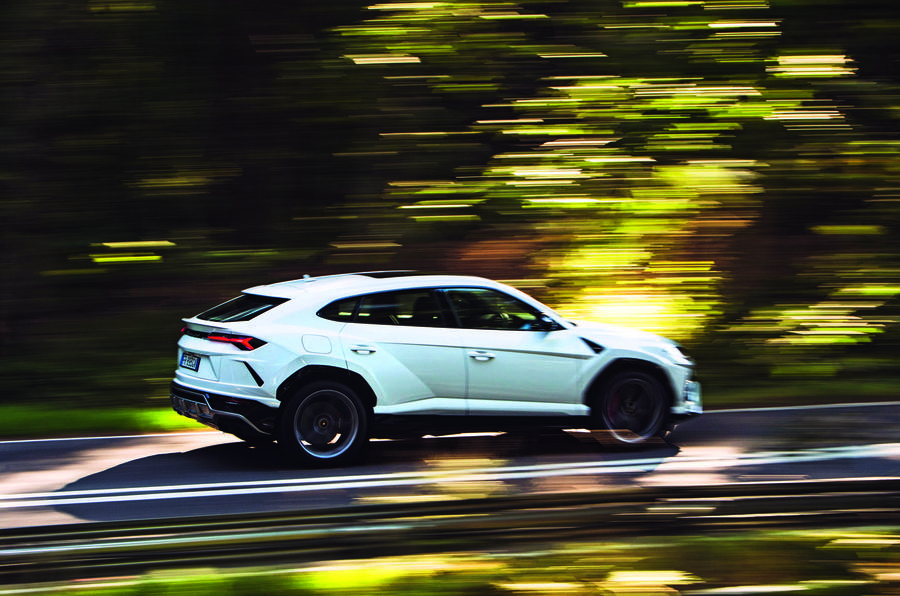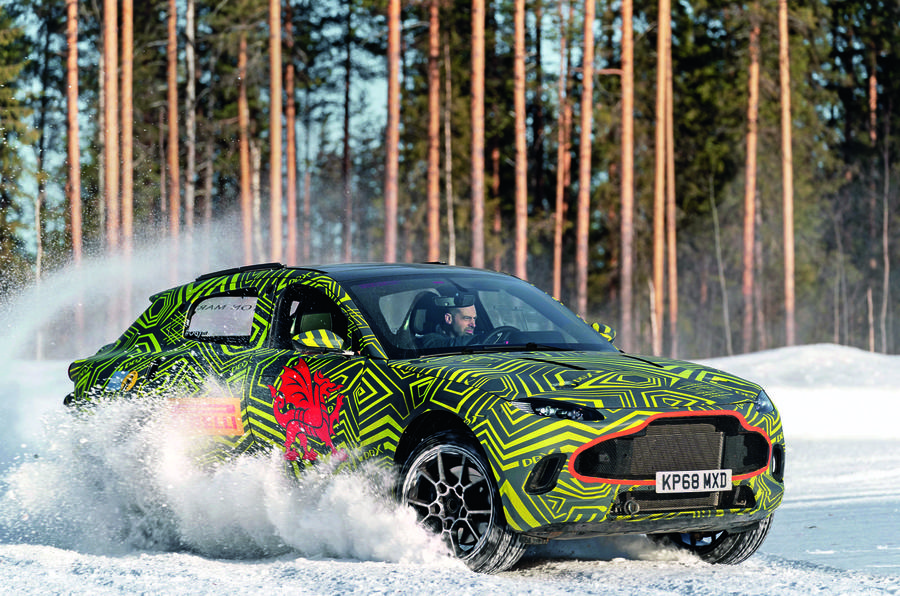Ferrari is preparing to enter the performance SUV ring in 2022 – and now what is claimed to be the first prototype for the eagerly anticipated model has been caught in the open.
Spotted within the confines of the Italian brand's Maranello headquarters, the test mule appears to feature a heavy adapted body from the Maserati Levante SUV. It should be stated that this doesn't indicate the final production design in any way.
However, there are plenty of clues that this model is intended to push Ferrari into offering new levels of comfort, interior design and space. The body, which sits significantly lower than its Maserati donor, has been adapted with a longer bonnet that features a chunky bulge where the engine is located.
The length and positioning corresponds with Autocar's understanding that the SUV will be front-mid-engined, while the bulge suggests that a large-capacity engine - possibly a V12 - features underneath this mule. Certainly, the quad exhausts look similar to those from the V12-powered GTC4 Lusso and 812 models.

Due in 2022 and being developed under the codename Purosangue, which translates as ‘thoroughbred’, the Ferrari SUV promises to be like no other performance or ultra-luxury SUV on the market thanks to different positioning from the likes of the Aston Martin DBX, Bentley Bentayga, Lamborghini Urus and Rolls-Royce Cullinan.
The SUV, also known internally as ‘175’, is one of 15 new Ferraris announced last year and set to be launched by 2023. They will be built off two bespoke architectures giving two distinct model lines, one for mid-engined supercars, such as the imminent F8 Tributo, and the other for front-mid-engined GT-style cars, including the new SUV.
“I’m convinced on this car and the technical concept,” Ferrari’s chief technical officer Michael Leiters revealed in an exclusive interview. “I think we’ve found a concept and a package which is on one side a real SUV and will convince SUV customers to buy it, but on the other side there’s a huge differentiation of concept to existing SUVs.”





















Add your comment